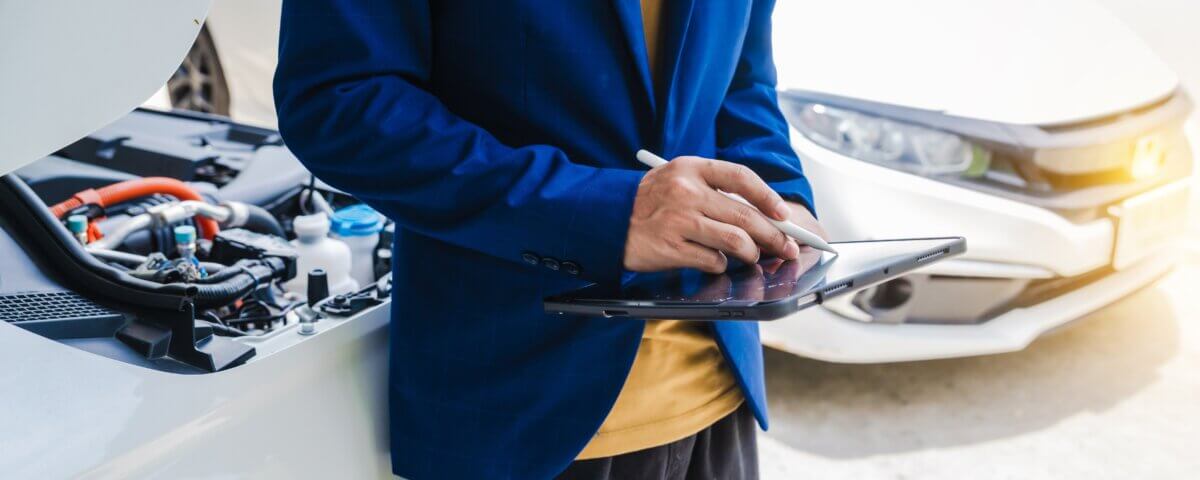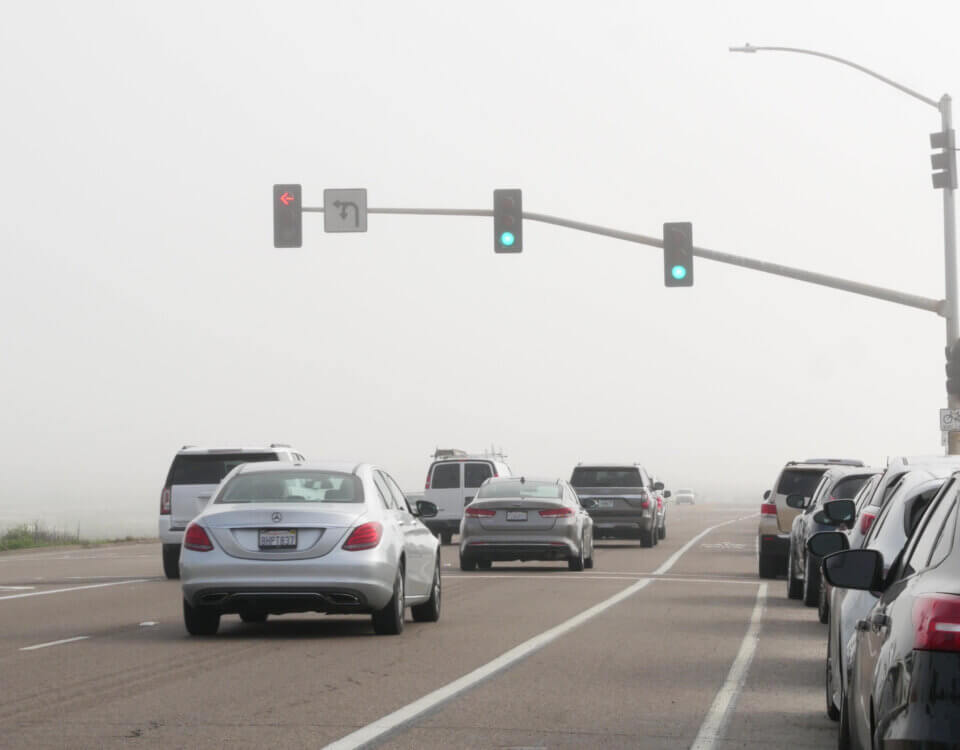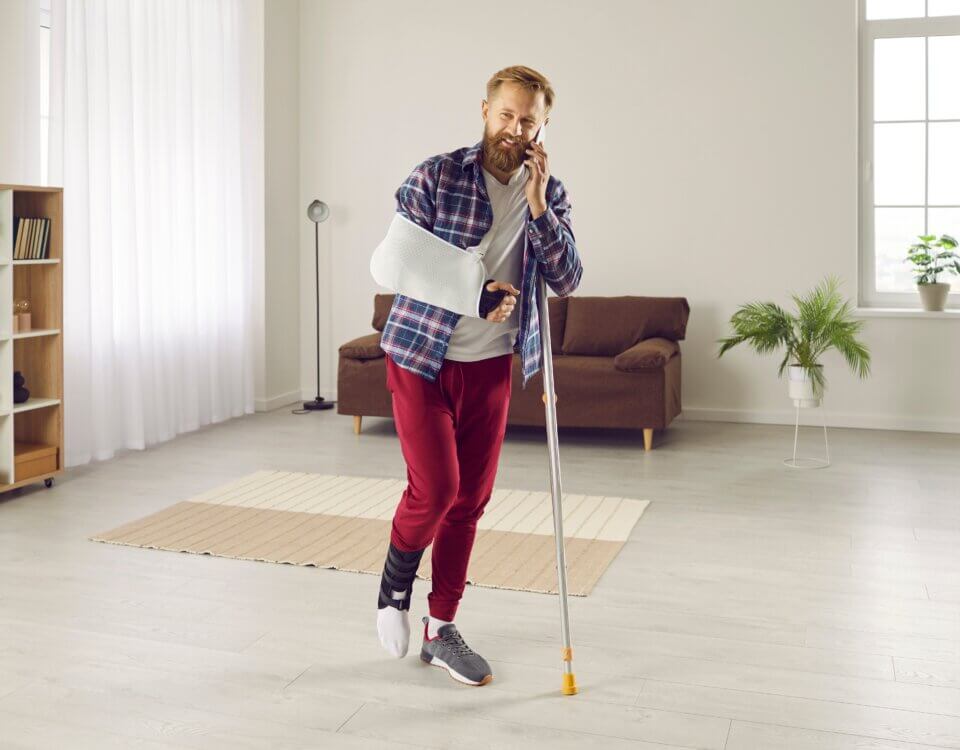If you are injured in a car accident in California and the person who caused it has no insurance or not enough insurance you may file a claim under your own auto insurance policy. Whether you are dealing with an uninsured motorist or an underinsured motorist depends on one key question: Did the at fault driver have zero insurance or simply inadequate coverage? That distinction changes how your insurance pays and what steps you must take.
Why These Coverages Matter
Many drivers in California lack insurance completely or carry only minimal coverage that may not cover serious injury or property damage. Uninsured motorist (UM) and underinsured motorist (UIM) coverages protect you when the other driver cannot or will not compensate you fully. These policies can cover your medical bills, lost wages, and other damages when another party is responsible but cannot pay.
What an Uninsured Motorist Claim Means
- Applies when the driver who hit you has no liability insurance at all or if an identifiable driver flees the scene (a hit and run) and cannot be found.
- Your own insurance provider can step in and pay what you would have received if the at fault driver had insurance. Proof of negligence and that the other party was uninsured is required.
- You must report the accident promptly and provide all required information under your policy.
What Underinsured Motorist Coverage Means
- This applies when the other driver has insurance but it does not cover the total extent of your damages. For example the at fault driver’s policy may pay out partially but leave a gap that your UIM policy may fill, subject to its limits.
- Your UIM coverage only kicks in if your policy can cover amounts above what the at fault driver paid.
- Often you must get your insurer’s consent before accepting a settlement from the other party or risk losing your UIM rights.
Key Differences Between UM and UIM Claims
- With UM you deal with your insurer from the start once you show the other party was uninsured. With UIM you typically work through the other party’s insurer first and only then pursue your own policy.
- Settlement rules differ. Accepting the at fault driver’s insurance payout without following your UIM policy’s required steps may limit your ability to claim additional amounts.
- The maximum you can recover under UM is up to your own coverage limit. Under UIM you recover the difference between what the other driver’s insurer pays and your total damages, subject to your UIM limit.
Deadlines and Important Steps
- California requires policyholders to give timely notice of UM or UIM claims. Sometimes this is within 30 days or whatever is reasonable under your policy.
- If your policy has arbitration clauses for dispute resolution you may need to demand arbitration within a short timeframe.
- Keep careful records of the crash, medical treatment, photos, witness information, and insurance communications.
What to Do If You’re Unsure
- Even if you believe the other driver will cover damages you should notify your own insurer about possible UM or UIM coverage as soon as possible.
- Gather evidence while details are fresh, such as police reports, photos, medical treatment records, and witness statements.
- Consult a personal injury attorney to ensure you understand all your rights and coverages and to make sure you follow proper procedural steps.
How Hillstone Law Can Help
Hillstone Law can:
- Review your insurance policy to see what coverage you have
- Help determine whether your situation qualifies for a UM or UIM claim
- Guide you through providing notice and satisfying policy requirements
- Assist with gathering evidence and negotiating with insurers
- Take your case to court or arbitration if needed to recover full compensation
Note: These blog posts are created solely for the use of Hillstone Law. The information is gathered from internet research, publicly available sources, and artificial intelligence (AI) tools such as ChatGPT. While we aim to share helpful and educational content, Hillstone Law does not independently verify every detail. Some information may be incomplete, outdated, or subject to change without notice. If you believe any part of a post is inaccurate, misleading, or infringes upon copyright, please contact Hillstone Law immediately so we can review it and take appropriate action, including correction or removal.
Disclaimer: The material provided in these blogs is for general informational purposes only and should not be considered legal advice. Reading these posts does not create, and is not intended to create, an attorney-client relationship with Hillstone Law. Our intent is to share knowledge, raise awareness, and provide helpful resources to the public; however, Hillstone Law makes no warranties or guarantees about the accuracy, completeness, or reliability of the information provided, and expressly disclaims liability for any actions taken in reliance on it. The photos used in these posts are for illustrative purposes only and do not depict actual clients, individuals, or incidents unless expressly stated. If you or a loved one has been injured in an accident, please contact Hillstone Law at (855) 691-1691. Our attorneys are available to answer your legal questions and help you understand your rights.








